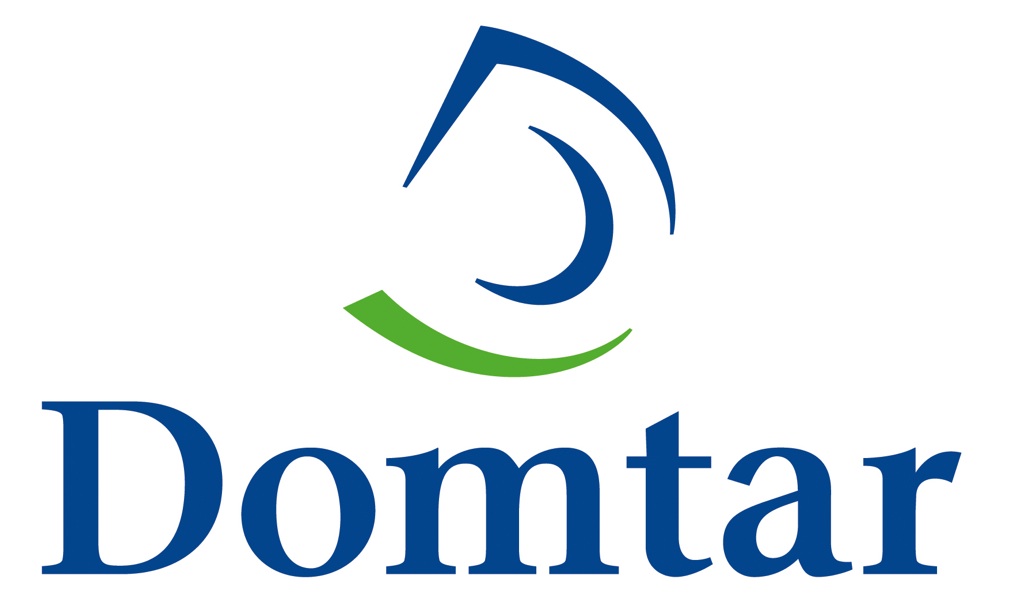How Forests 'Breathe' for the Planet
Discover how trees soak up carbon dioxide from the earth’s atmosphere and expel oxygen

Forests play an important role in contributing to the health of the planet, providing food and fresh water to local communities and serving as habitat for wildlife. Beyond these benefits, you have likely heard that trees are also able to soak up carbon dioxide (CO2), helping to keep it out of the atmosphere – but how does this process actually work?
Appropriately referred to as “sinks”, trees are a key piece of the earth’s carbon cycle. Think of them as counterparts to people and animals. While we inhale oxygen and exhale CO2, trees do the opposite. As they grow, they absorb CO2, which helps them to grow new wood and other tissue. At the same time, they expel oxygen back into the air, helping to maintain a gaseous balance on our planet. This process is called carbon sequestration.
So how much carbon does a tree really hold?
According to the American Forest & Paper Association (AF&PA), a single tree is able to absorb 10lbs of CO2 annually. In the US, forests store enough carbon to offset 10% of the nation’s total CO2 emissions every year. Globally, forests store 283 billion tons of carbon in their biomass – a huge amount, even considering the fact that they cover 30% of the planet’s land area.
What exactly happens when you cut down a tree?
Whereas living trees are sinks, cut-down trees are called “sources”. When a tree is burned or felled, all of the carbon that was stored is released into the atmosphere. Therefore, regions with widespread deforestation tend to also possess higher levels of CO2 in the atmosphere.
The importance of responsible forest management
Forest products companies should adhere to the highest environmental standards to protect the benefits that trees provide, especially when it comes to carbon.
For example, North America’s largest uncoated free sheet paper manufacturer, Domtar, has a stated preference for Forest Stewardship Council (FSC) certified fiber, which ensures products are sourced sustainably from responsibly managed forests. FSC places strict limitations on clear cutting and specifically protects older forests, which store a greater amount of carbon. On the manufacturing front, the company reveals the CO2 emissions associated with its products via The Paper Trail, giving users a better understanding of the impacts associated with their purchase decisions. By following Domtar’s lead, other companies can also play a role in educating customers on preserving air quality and protecting our forests for years to come.

